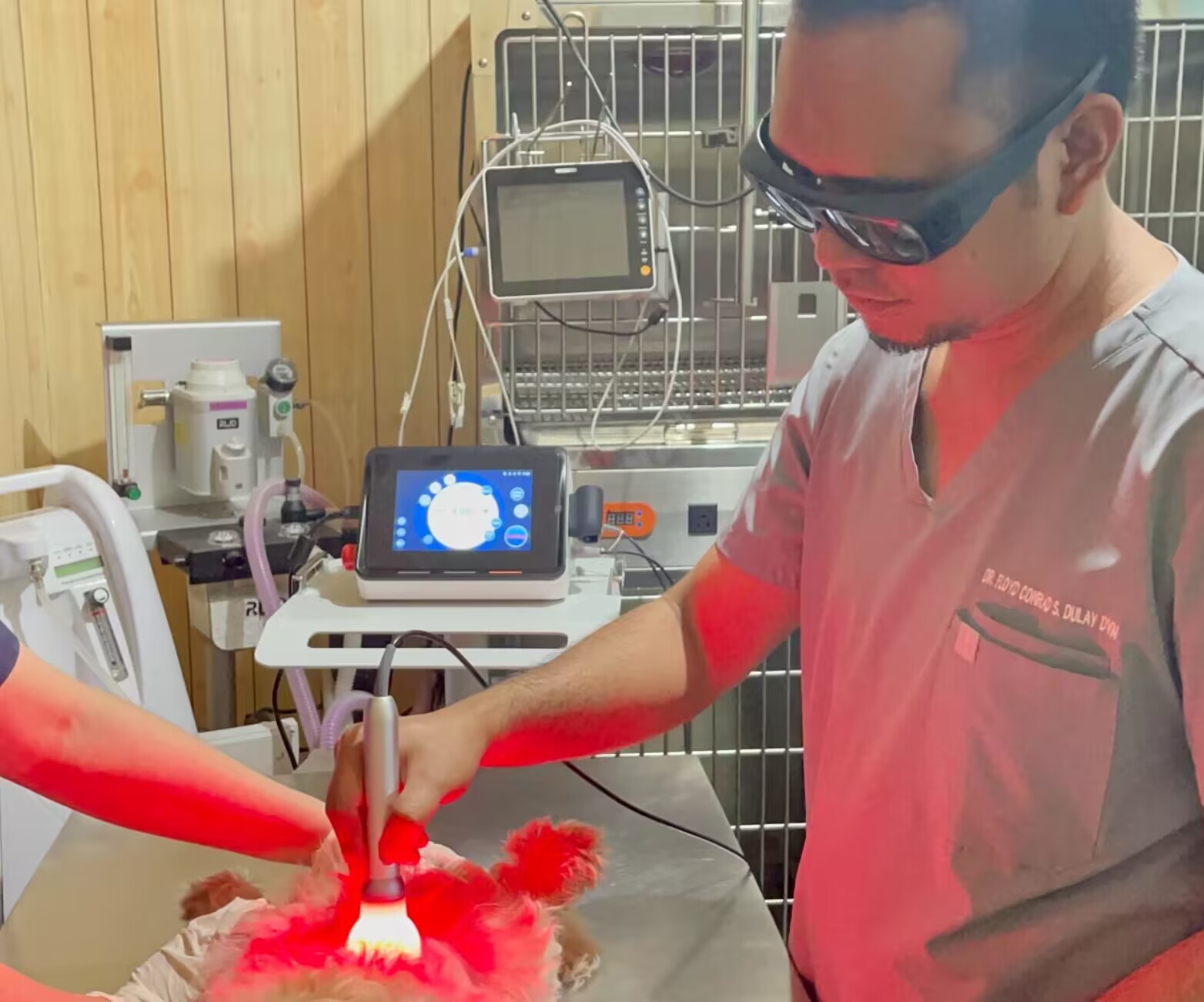
We discovered that many medical professionals and their assistants frequently face a common dilemma: should laser therapy or medication take precedence in veterinary care? Determining the correct course of action is crucial. Today, we will outline a standardized clinical treatment protocol.
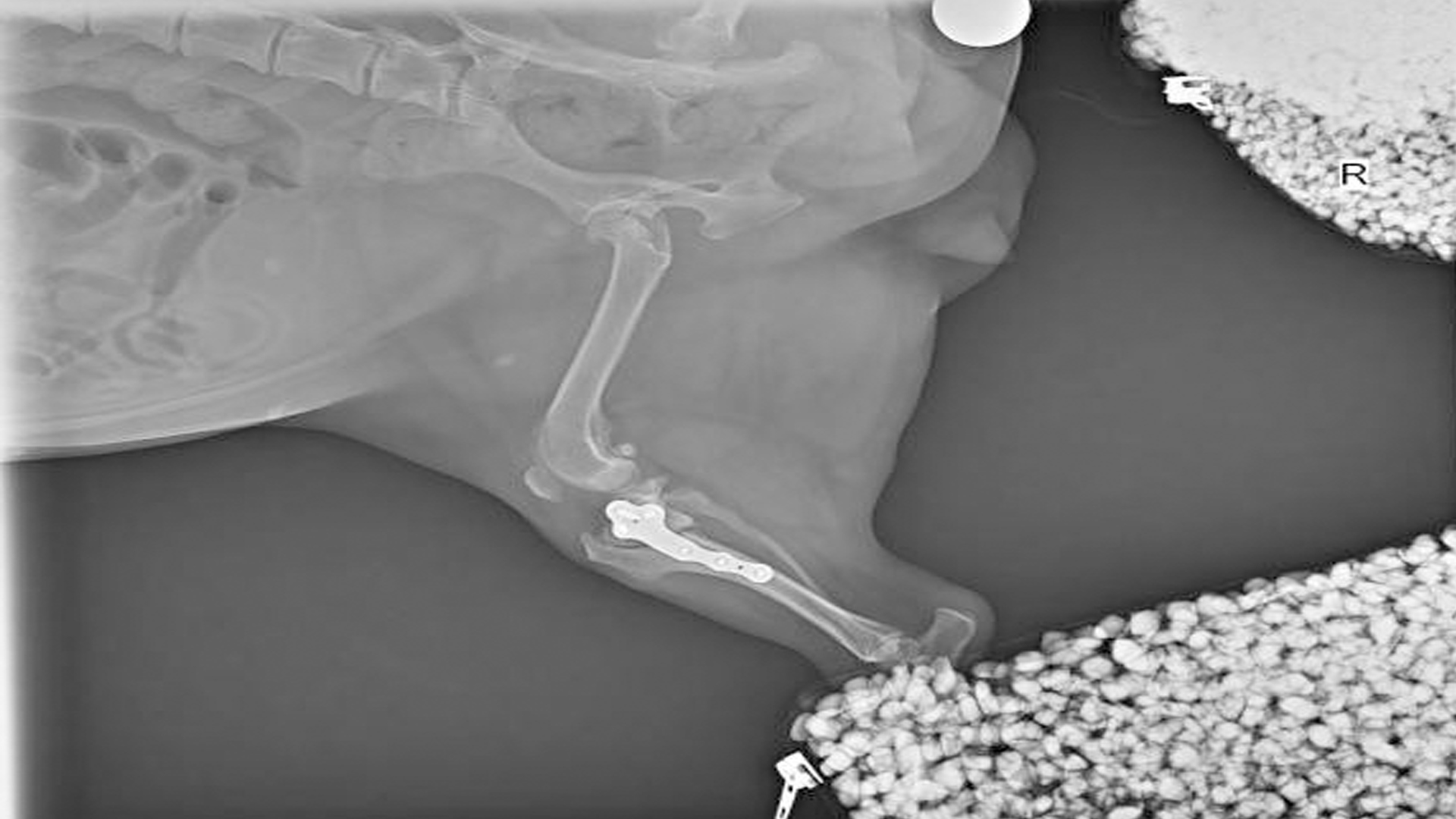
Typically, animals undergoing TPLO surgery can regain their normal motor function six to eight weeks after surgery. In this case,laser was used for postoperative recovery treatment, and only two weeks were used to restore the normal walking state, indicating that laser treatment had a good therapeutic effect in promoting tissue healing and relieving pain.
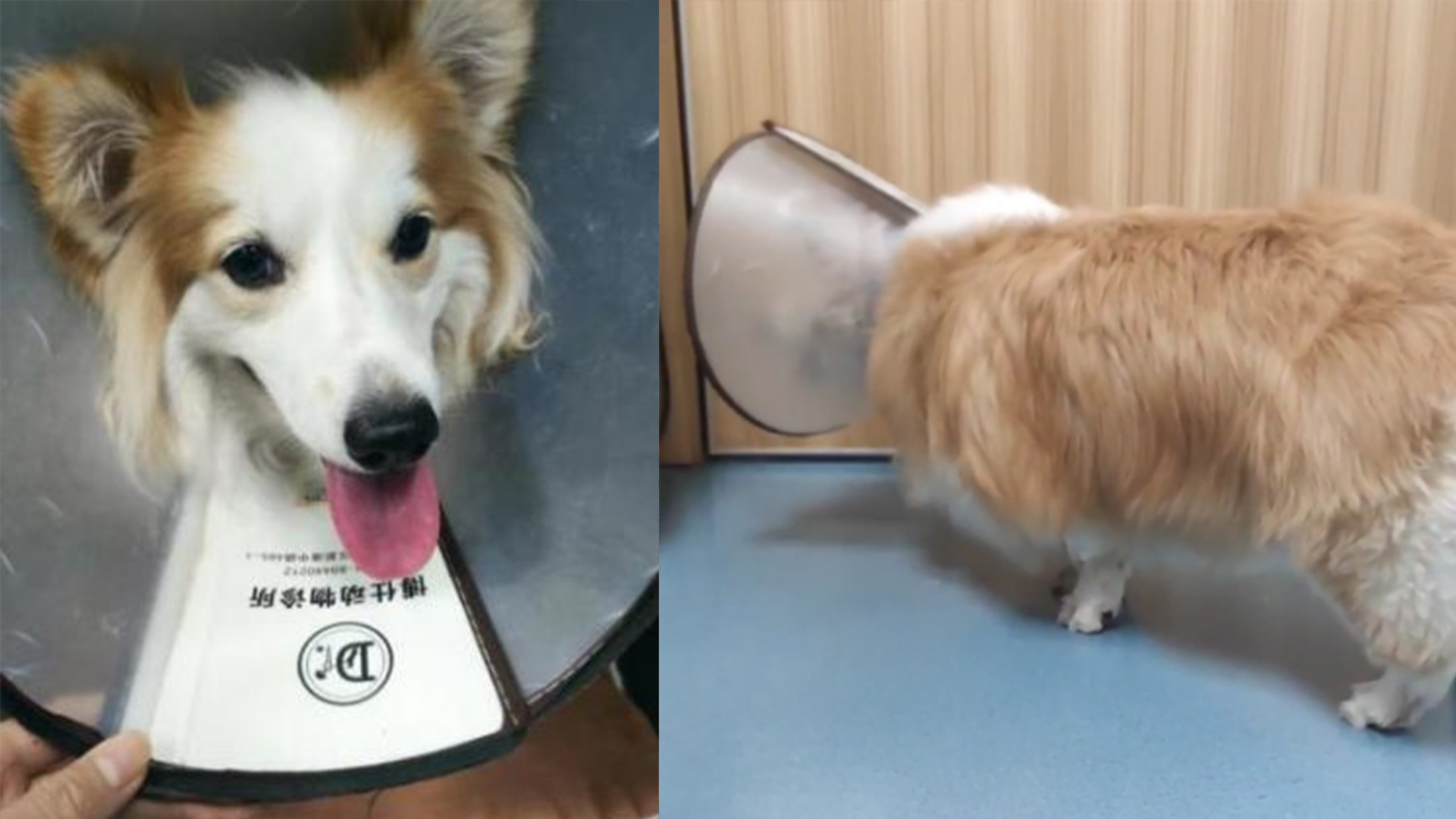
The addition of laser treatment during and after surgery can promote the rapid recovery of the operative limb, It can be seen that laser treatment has a good therapeutic effect in promoting tissue healing and relieving pain.
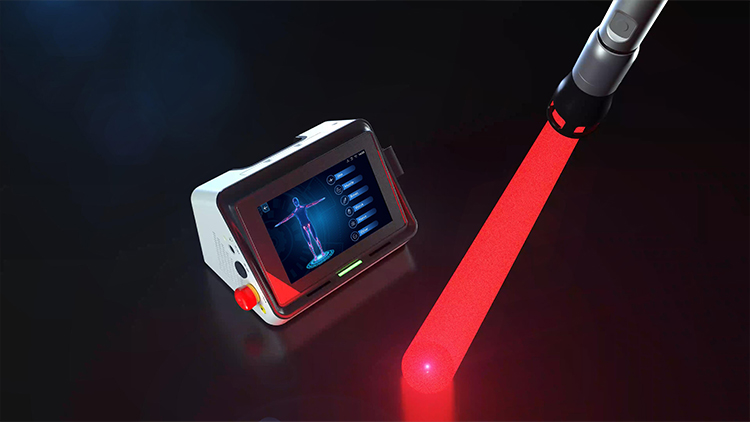
High Power laser therapy is a revolutionary new technology of physiotherapy developed rapidly in Europe and the United States in recent years. It has the advantages of non-invasiveness, painlessness, deep effect, rapid curative effect, and no side effects. Widely used in rehabilitation medical institutions and sports systems around the world.
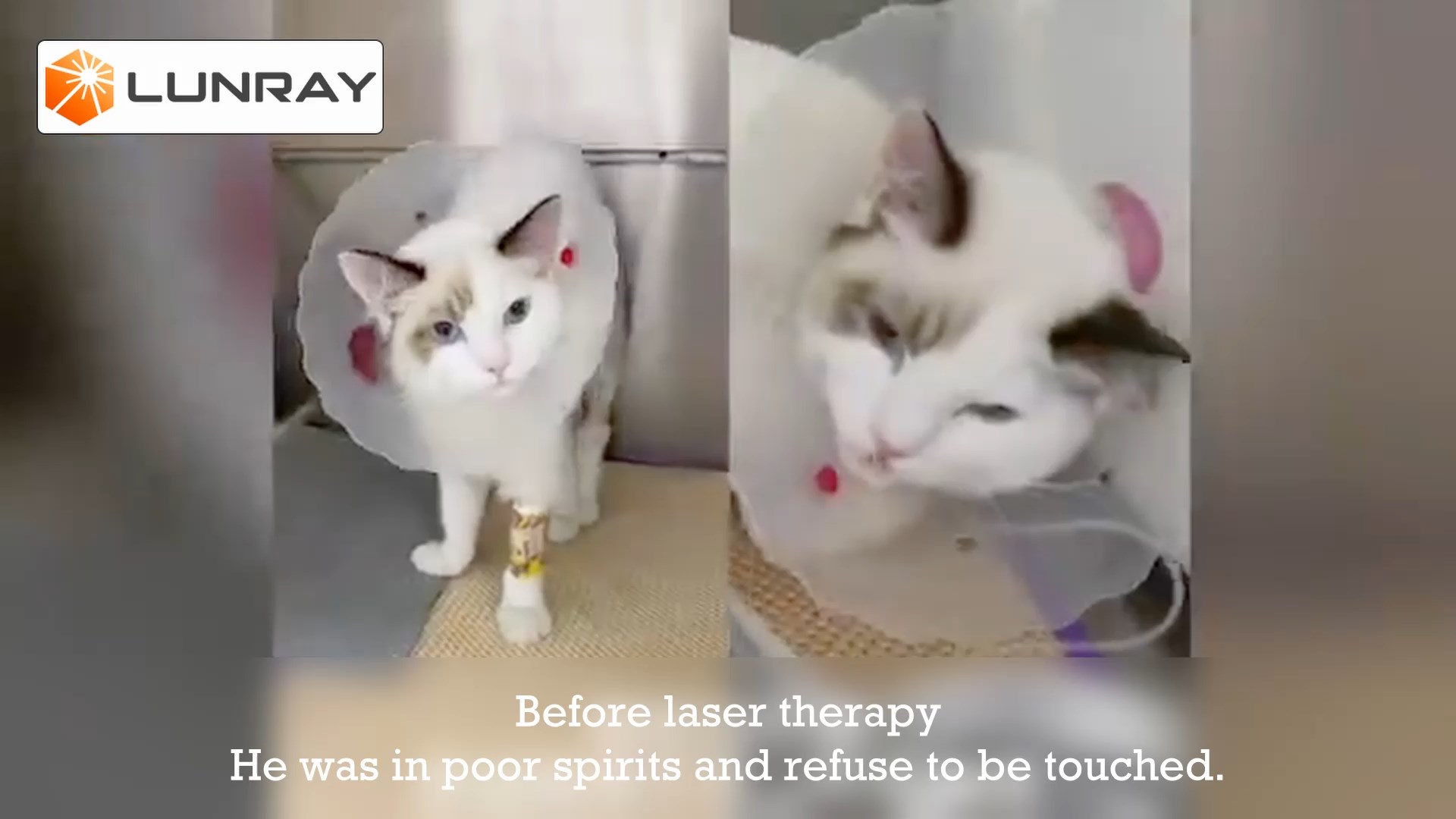
This is a 6-month-old Ragdoll cat with a comminuted fracture of the distal femur and underwent surgical internal fixation. However, due to the pain, the cat becomes extremely irritable, so severe that it cannot accept any contact. Laser therapy is then used to relieve pain and promote tissue healing. The affected cat was very cooperative during the laser treatment, gradually began to be willing to touch and stroke, and soon resumed walking. Laser therapy course of treatment: 1 treatment a day,
Laser therapy is the non-invasive use of light energy to create a photochemical reaction in damaged tissue. Deep tissue laser therapy reduces pain, shortens inflammatory cycles and speeds recovery from acute/chronic disease.

The chronic stomatitis in cats shows inflammation of the oral mucosal tissue, showing severe ulcers and redness of the oral mucosa, which most often affects the caudal side of the mouth, and can usually deteriorate with time and develop into refractory stomatitis. At present, the main treatment method is tooth extraction, which is combined with drugs to manage inflammation and analgesia. In this case, laser treatment combined with traditional treatment mode can effectively reduce pain sensation

Laser treatment in cats uses deep penetration of light to promote a range of chemical reactions called photobiological stimulation. This process helps relieve pain by releasing endorphins and stimulate accelerated healing of injured cells.
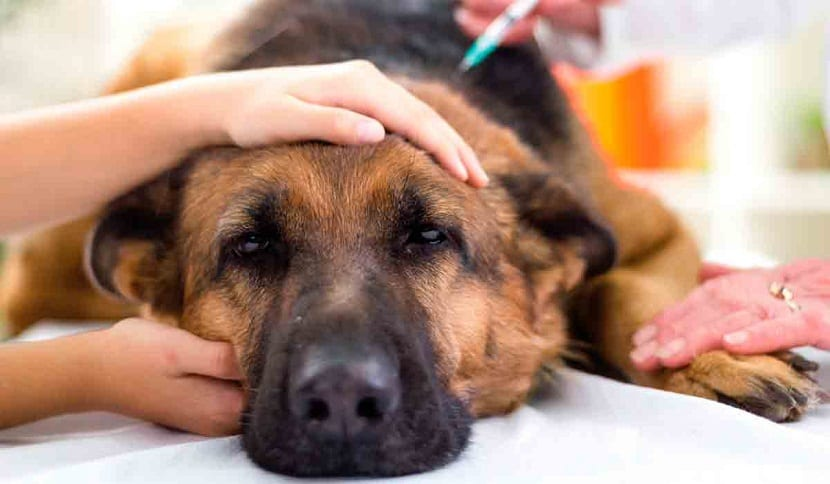
Lunray's lunvet therapy laser uses four near-infrared wavelengths, including 650nm, 810nm, 980nm, and 1064nm at the same time, and has obvious therapeutic effects on the deep part of animal tissues, and the effect is more obvious in the cases of musculoskeletal pain diseases.
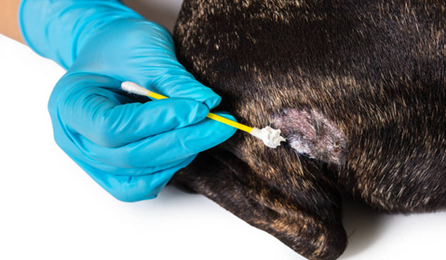
Laser therapy, also known as Photobiomodulation Therapy, is a type of physical therapy that has been widely used in animal medicine. Its principle is to use a specially designed combination of infrared light and near-infrared light to produce a biological stimulation effect on the lesion tissue, causing a series of beneficial photophysical and photochemical reactions in the tissue, thereby reducing inflammation, reducing pain, and promoting healing.
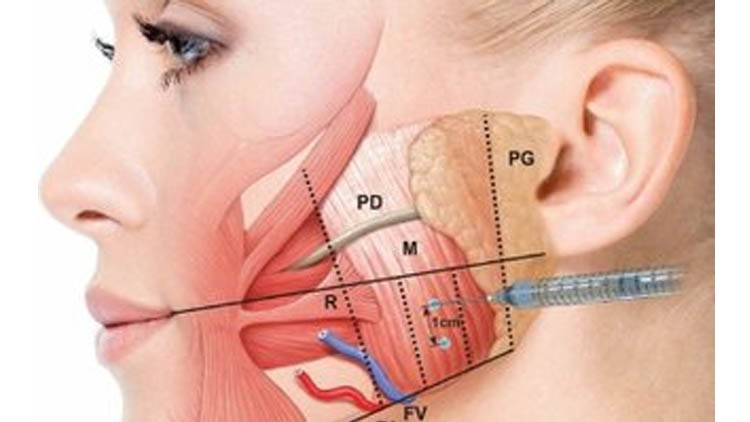
temporomandibular joint disease . It usually occurs in young and middle-aged patients, and most of them are female patients. The incidence of this kind of disease in the population can reach 20%-40%.
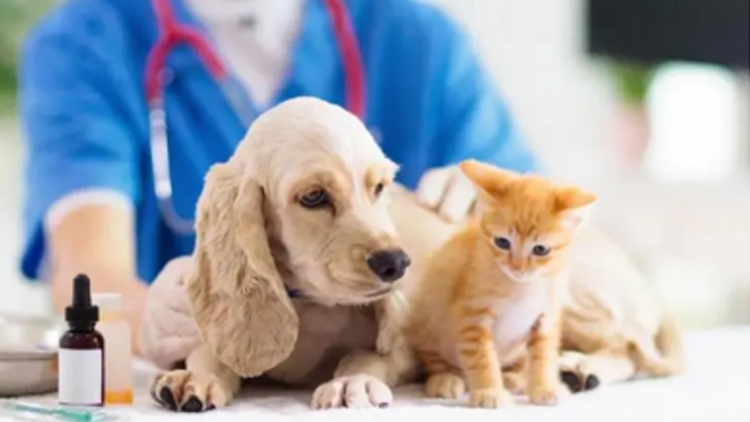
Laser therapy is a medical method widely used in the field of human medical treatment. As people become more refined in pet feeding, health care and nursing, this technology is rapidly popularizing in the field of veterinary medicine and has now has become a standard of high-end pet hospitals.

Nowadays, more and more people like to keep their own pets such as dogs and cats, because pets can accompany people when they feel lonely. But a part of people ignore that animals have the same emotions and pain as humans, and also need related treatment.
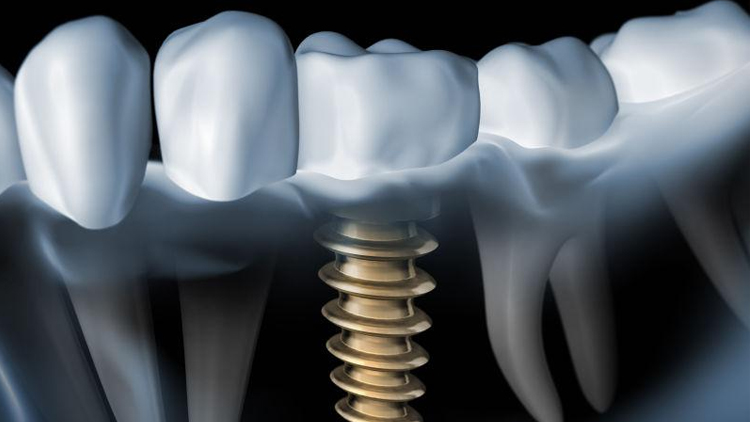
Laser Therapy for Peri-implantitis The World Consensus Conference divided periimplant diseases into the following four categories: 1. Health around the implant. 2. Perimplplanimplant mucositis. 3. Peric implantitis. 4. Soft and hard tissue defects around the implant. The latter three categories belong to the broad category of peri-implantitis. And some studies have reported that the incidence of peri-implantitis is as high as 28.5%. Peri-implantitis is an inflammatory disease occurring in
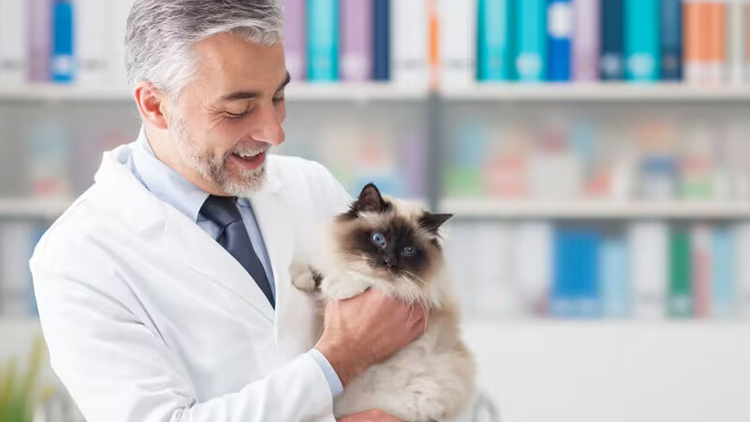
The term LASER stands for light amplification by stimulated emission of radiation. Laser therapy is a medical treatment that uses a strong beam of light to cut, burn, or destroy tissue.

HILT promoted analgesic and anti-oedema effects, with visual lameness reduction in horses with tendon and ligament injuries, and reduced lesion percentage but did not influence change in lesion echogenicity.

The main difference between HILT and low-power laser therapy, is that the more powerful beams ( power >500 mW) are irradiated to penetrate deeper with right wavelength , bringing a desired high amount of multi-directional energy to deep tissues in a short time.